Article's Content
A few months ago I noticed something extremely small but significant.
Millions of people see it every day, but don’t realize how brilliant it is.
I mean it took me using the platform for 5+ years before I even saw it!
The LinkedIn News team puts on a master class of headline writing each and every day.
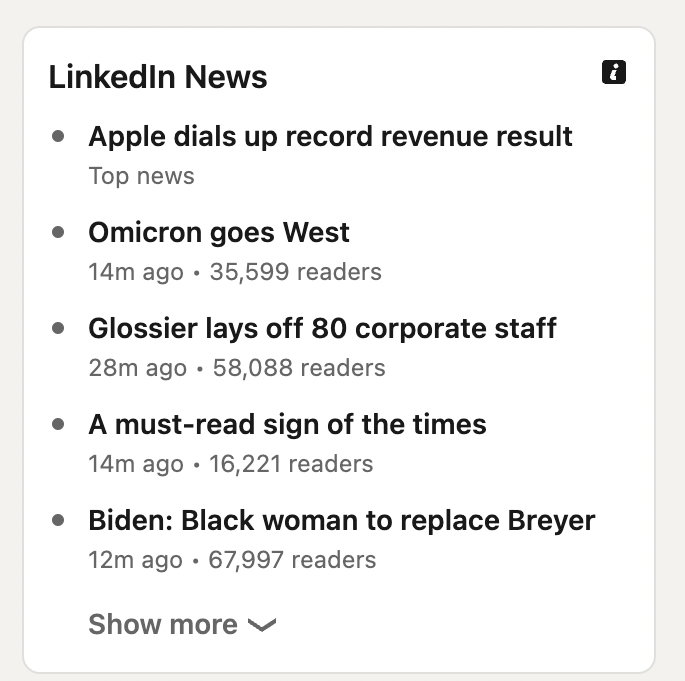
Almost every headline they publish in that little News section is perfectly written and positioned.
But no one seems to notice how great they are at it.
Well, I guess they do notice the headlines. Because hundreds of thousands of people are clicking on them each day.
Yet, those readers don’t realize how great the LinkedIn team is at getting them to click, and likely share.
I definitely did.
After collecting all of the daily headlines for the past few months, I think I have finally cracked their code.
And thankfully, the code that they use to craft the perfect headlines can help you write better Tweets, ad copy, outreach emails, and a whole lot more.
As well as write the best title or headline for your blog post.
So let’s get into it.
1. Embrace intentional vagueness
One of the biggest problems I see with new content creators is that they give away too much information.
If you tell a reader everything they need to know in the headline or share, why would they want to click and learn more?
I feel like the LinkedIn News team is always trying to pull you a bit deeper with their headlines.
In this headline, they have omitted the names of the four states that are experiencing growth:

The same can be said for this headline:

They are intentionally keeping the executive’s name out of the headline, in the hopes that people will click to learn more. If they would have dropped the name, most people would have scrolled right past it.
But now they are likely clicking to see if Elon Musk or another famous executive is leaving Tesla.
Here’s one more example of this tactic in practice:

It got me to click while I was writing this article, so great work LinkedIn News team.
This can be used for headlines and ad copywriting, but I have found it most effective when applied to social shares.
If you check out my latest Twitter threads, I have stopped putting the most important metric or idea in the first share. Instead, I use that first share to build some mystery and hopefully pull the reader into the content:

This will not only increase engagement with your shares but also the reach because Twitter will see that you are sharing valuable content. And likely want to share that content with a lot more people!
So stop giving away too much info in your headlines, shares, or Twitter threads.
You want a reader to engage with your content or share, not just get the information and keep scrolling.
2. Cut the unnecessary words
I used to be an extremely long-winded writer, and I want to apologize to all my editors.
In the past, I would turn in some articles that were 3k+ words!
But as Kevin from the Office said, “Why waste time say lot word when few word do trick.”
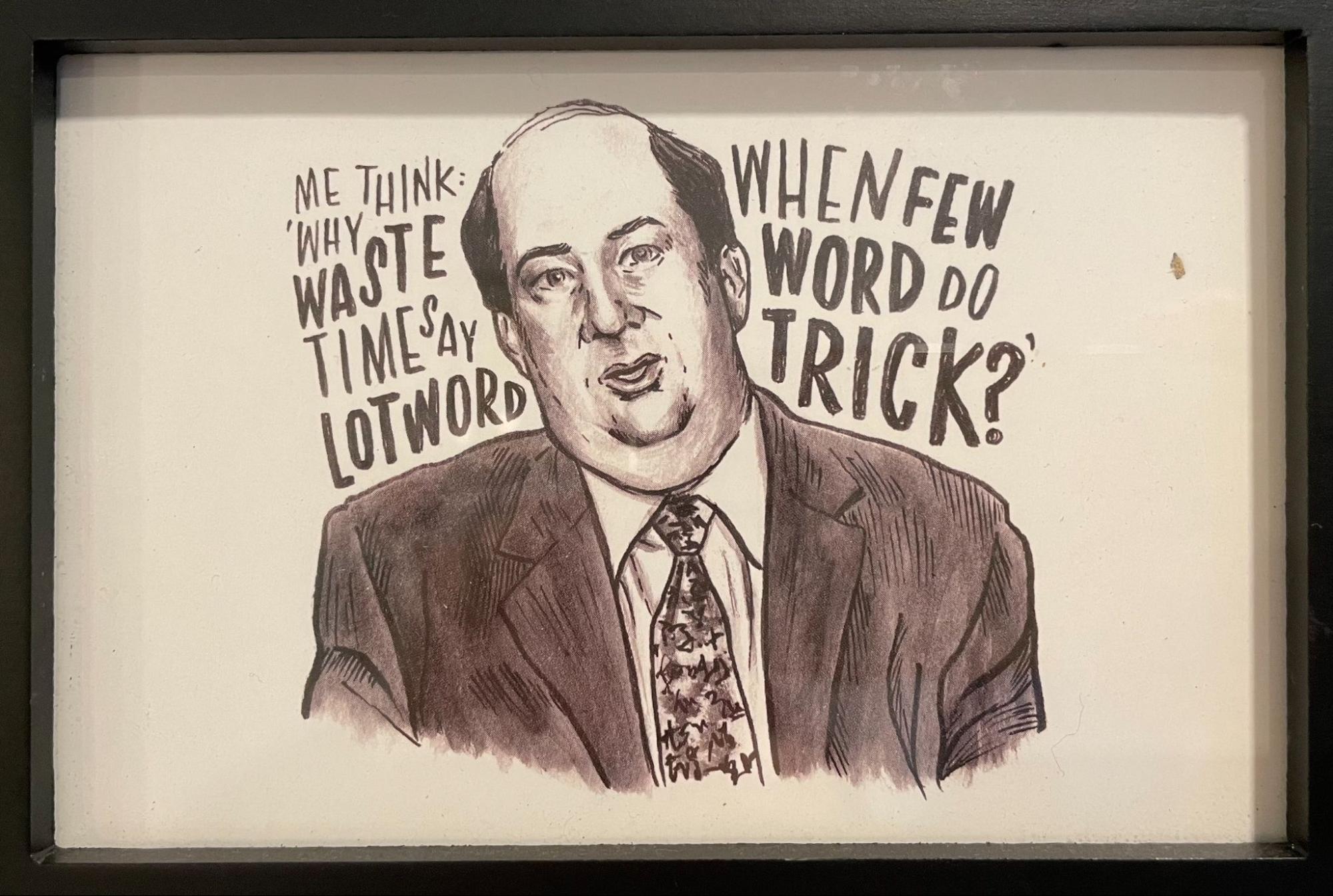
Those wise words can be applied to headlines, shares, and ad copy.
A lot of the time, creators will try to fit SO much information into a share that it actually drives people away because it reads like a full paragraph.
Taking the time to edit out unnecessary words can help you craft copy that people want to read, not just scan over.
The editors at LinkedIn news are very deliberate and stingy with their words.
Take a look at this headline:

A typical headline for this same story would likely read: “In 2022, Apartment living is trending at an all-time high of 97% occupancy.”
Well, maybe not that wordy.
But they would have tried to smash too much information into the headline. Then you are forced to read a full sentence of content instead of a quick snippet of information.
And you would likely have to read the entire headline to get the same point that apartment living is at an all-time high.
This was one of the first things I noticed when looking at the LinkedIn News headlines.
This makes sense, they only have a small area to get their message across.
Here is another example of them keeping the headline tight, slightly vague, and avoiding unnecessary filler words:

This headline could have been something like “Unemployment rate fell from 4.2% to a healthy 3.9% in December.” Which is actually quoted later in the article.
Now some brands would just make the news block bigger or allow the headlines to be two lines.
But this limitation has made each of the headlines stronger and more likely to get clicked on.
Sometimes giving yourself some limitations will lead to better content. This is why Twitter’s character limit can be useful for you.
No, I’m not talking about their current character limit of 260 characters. You can say A LOT in 260 characters.
Instead, use their old character limit of 180 characters to tighten up your shares. I can guarantee this limit will help you write more engaging shares.
I have found that it’s sometimes better to split one block of text into two or three individual shares.
When I first wrote this thread, the two Tweets below were combined. But it just looked like an intimidating block of text, instead of a helpful piece of information.
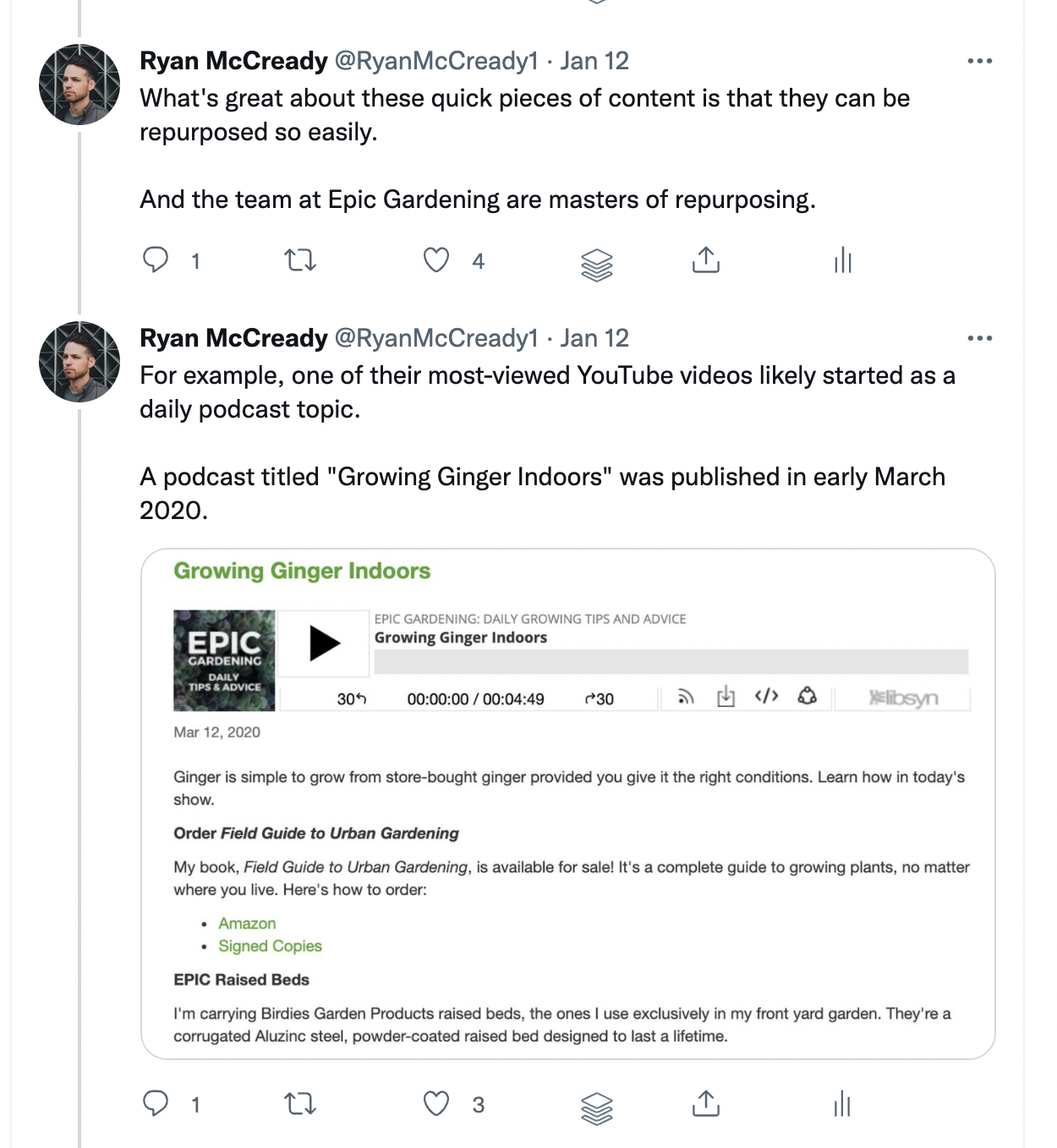
This approach really helps you keep readers engaged and focused on one point or idea at a time as well.
So when it comes time to write your next headline, share, or ad copy, cut some of the unnecessary words.
3.Bury the interesting metric, or data point
Some people are so excited to share their new metric, idea, or data point that they include it in the headline or share.
Save that important piece of data for your full article, or throw it behind a lead capture form. Don’t just give it away.
You have worked so hard to collect data and turn it into compelling content. So why would you give that information away in your headline?
I used to do this all the time, especially when writing the first Tweet in a Twitter thread:
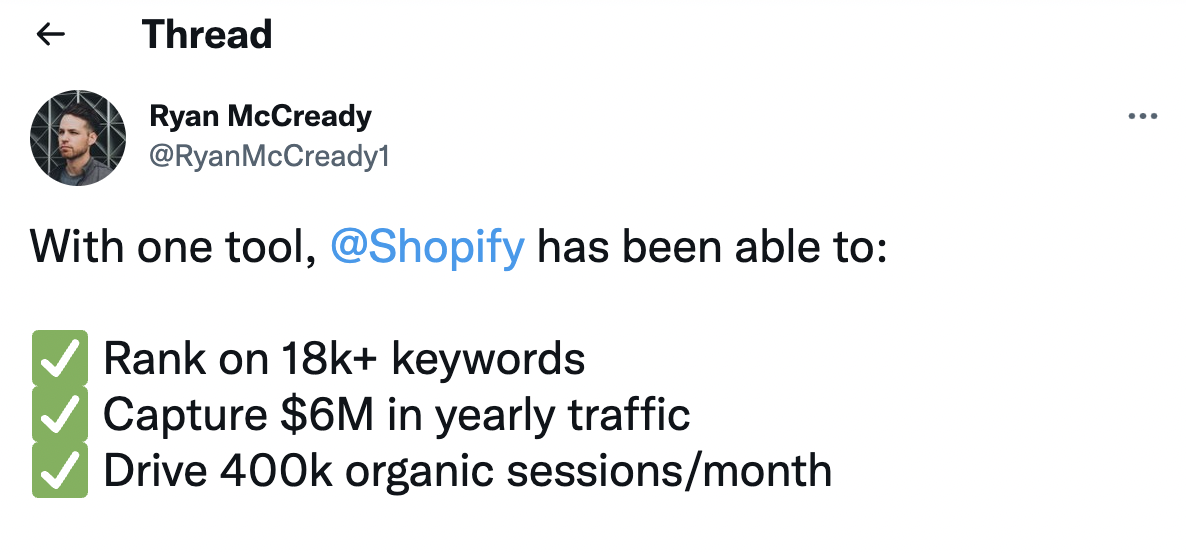
Then I was confused why my engagement was constantly falling short of expectations.
Yet, every day I see people sharing articles with headlines like “96% of brand marketers use Twitter to network in 2022.”
Why would I want to click into that article if I already have the most important information?
This headline could have probably been something like “Brand marketers are networking on Twitter, are you?”
That headline took me all of 12 seconds to write, so it’s not the best, but it will likely push a reader to click.
If you have been paying attention to the headline examples in this article, you will see that LinkedIn News basically never includes a metric or data point.

Out of all the headlines I collected and analyzed, only a handful mentioned the important data or metric.

This headline likely only included a metric to drive outrage clicks, and omitting the data point would make it weaker.
To be honest, this tactic is the advanced version of being intentionally vague.
They have become masters of cutting data points or metrics out of the headline, but still driving people to click with well-crafted headlines.
For example, a writer might tack on the profit numbers to the end of this headline:

Without realizing that they eliminated the motivation that a reader might have to click and read the full article.
Also sometimes it helps paint a clearer picture to leave out the metric or data point. In this headline, the underlying data is a little messy:


I don’t know if I could distill that information into a compelling headline!
That said, to use this tactic you still have to write a headline or share that people will want to click on. You can’t just remove your interesting metric and call it a day.
4. Lead with the big name or brand
One thing that the LinkedIn News team doesn’t like to omit or bury is a famous brand name.
In fact, most of the time that they are talking about a big company, it will be the first word in the headline.

The headline writers want to grab your attention by talking about a famous brand and will likely drive some attention to that headline, even if the reader doesn’t really care about the “future of food.”
My good friend Amanda Natividad might call this a form of permissionless comarketing.
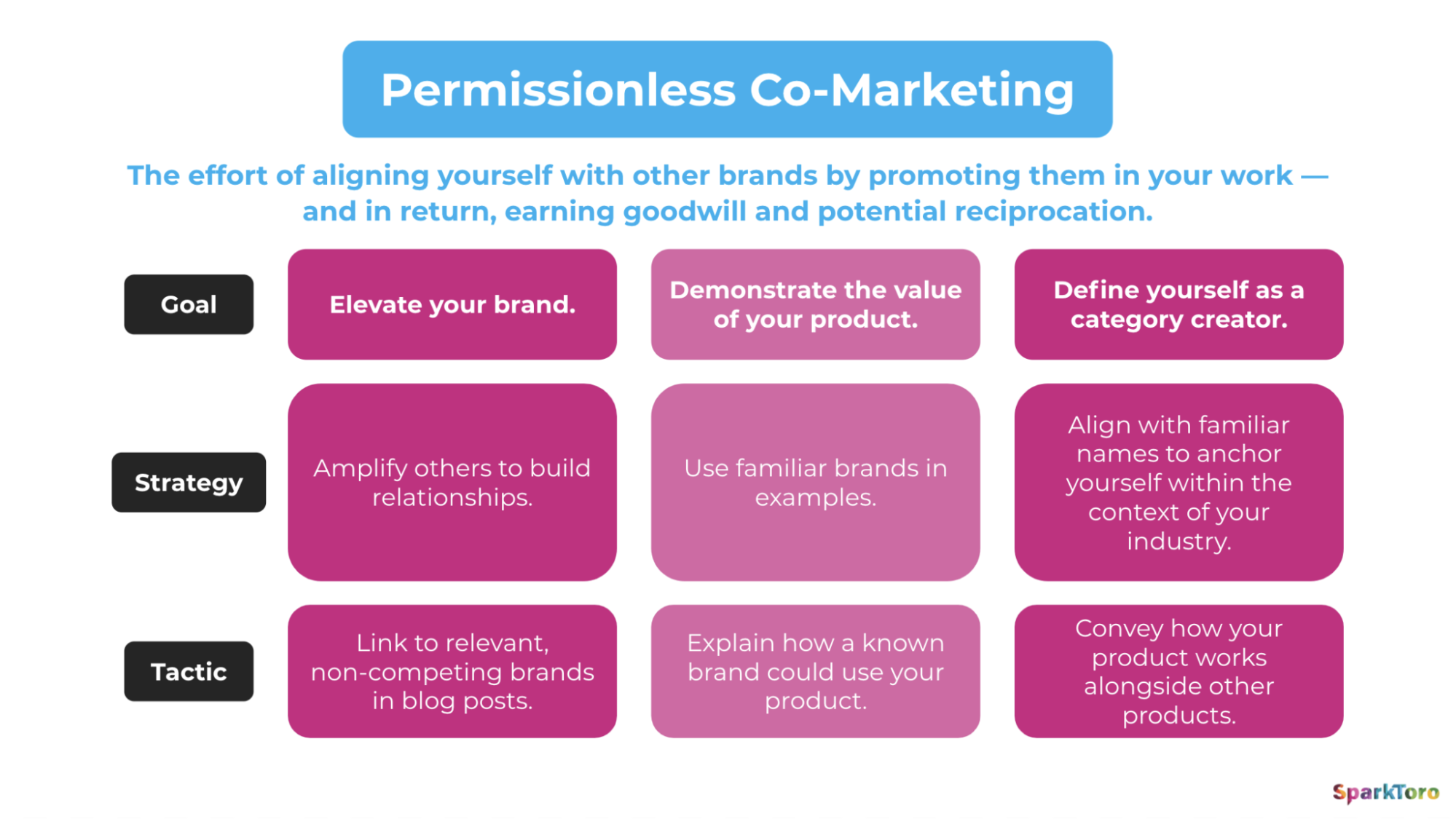
But I have always called in influence hacking. They both basically mean the same thing, so call it whatever you want!
The concept of using a large brand’s influence to drive engagement or shares is nothing new. I have used it throughout my entire content creation career.
But I feel like by leading with the brand name, the LinkedIn News editors are a lot more deliberate with it:

The larger brand will even be mentioned first when talking about multiple companies:

Not only will this lead to more people reading the news story, but it will also likely drive more shares as well. Especially on LinkedIn, where there are around 218K Microsoft employees, ready to share some good news about their company:
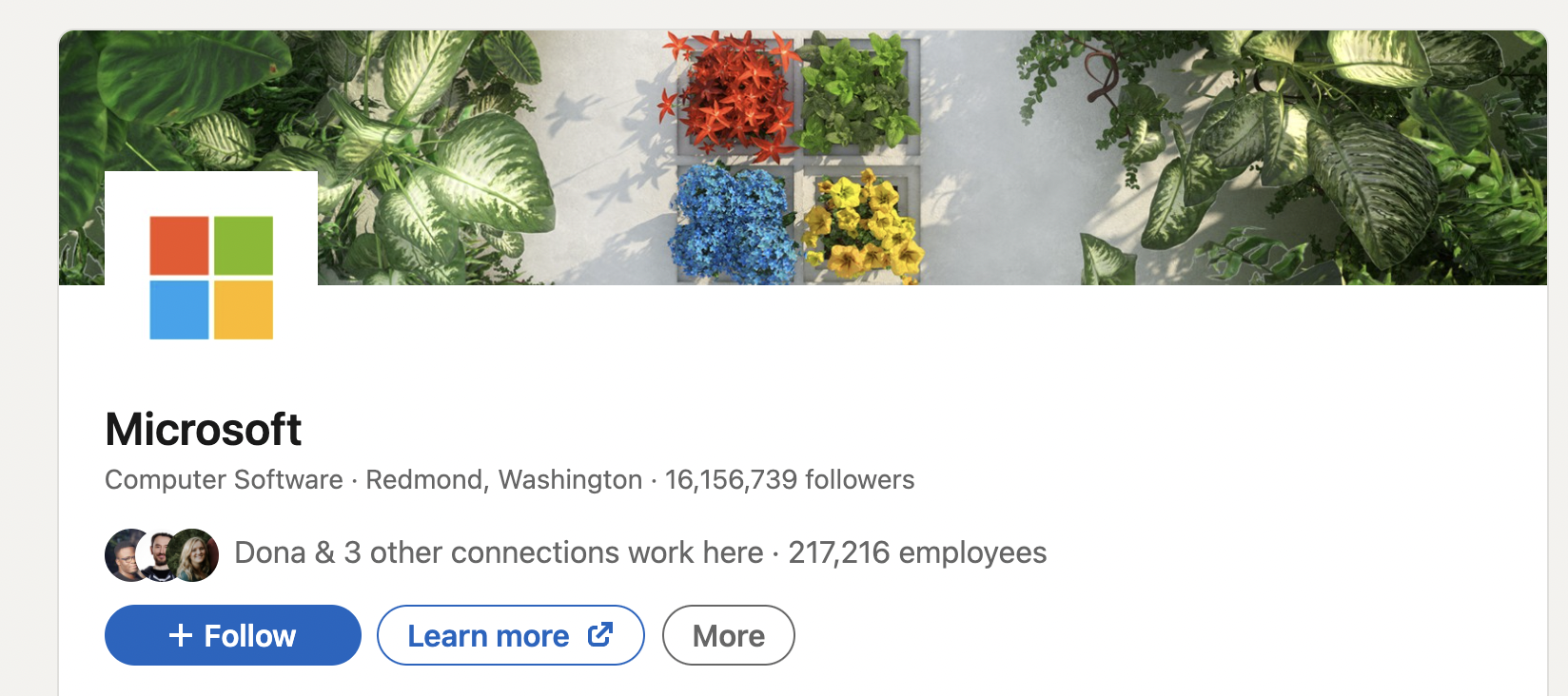
One of my most popular recent Twitter threads used this exact tactic actually:
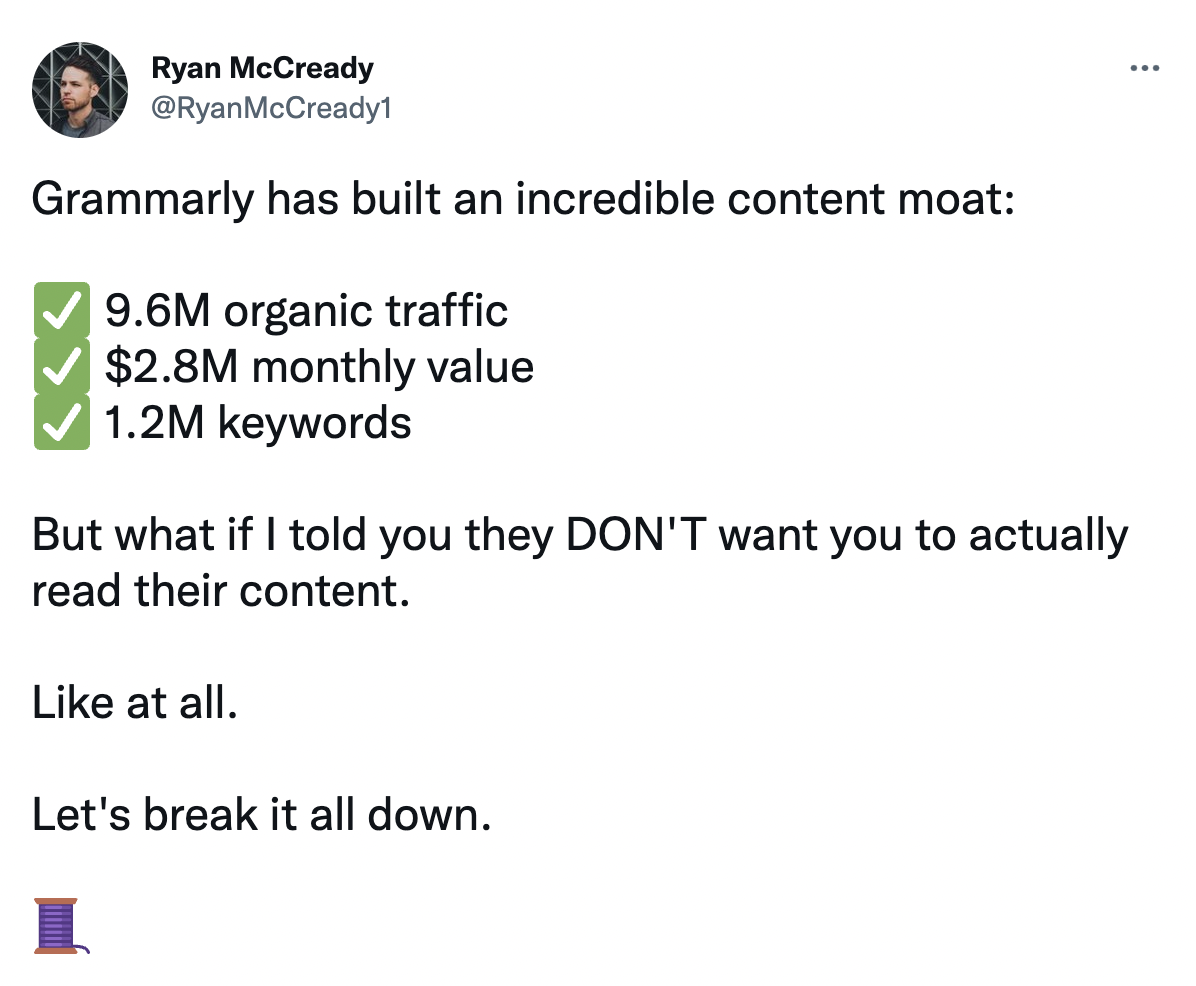
As you can see, I mentioned Grammarly immediately and then talked about the important metrics.
Right now, Grammarly claims that they have 30M+ users, so there’s a good chance that some of those people follow me and want to learn more about one of their favorite tools, even if they really don’t care THAT much about the marketing tactics.
So if you are wanting to use permissionless comarketing or influence hacking, just make sure you don’t bury it in a headline or share.
Takeaways
As you can see, sometimes it’s better to edit your content.
Be brief and don’t give away your secrets without getting something in return.
This is the one thing that I want everyone to take away from this piece.
We have been taught that more content or copy is always a good thing.
More copy means that you can target more keywords and hopefully get more traffic!
But this idea that you need to drown people in content doesn’t always work when writing headlines, shares, or ad copy.
So take the time to be more deliberate with your words, and cut the rest.
Your readers and followers will reward you.







